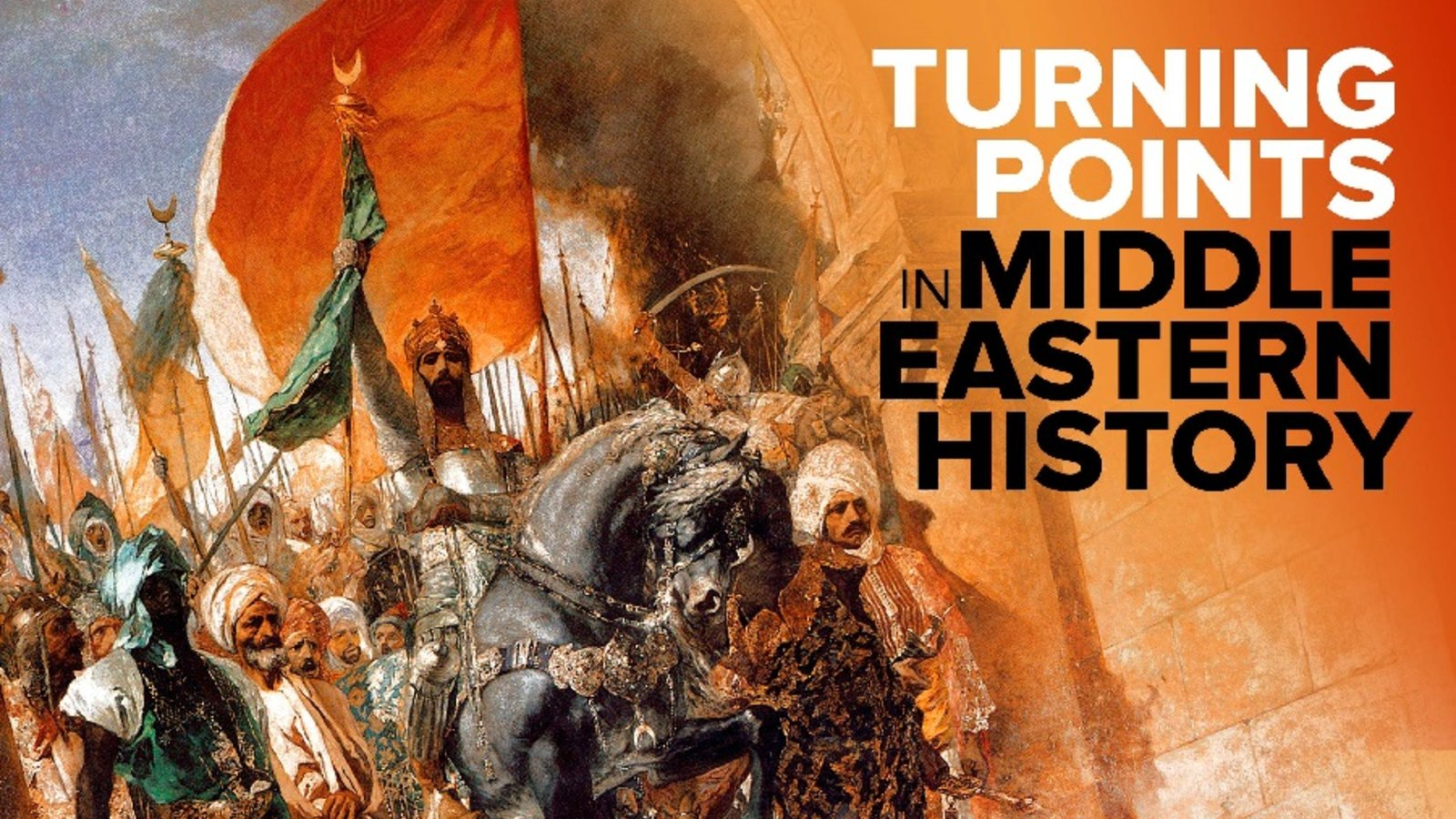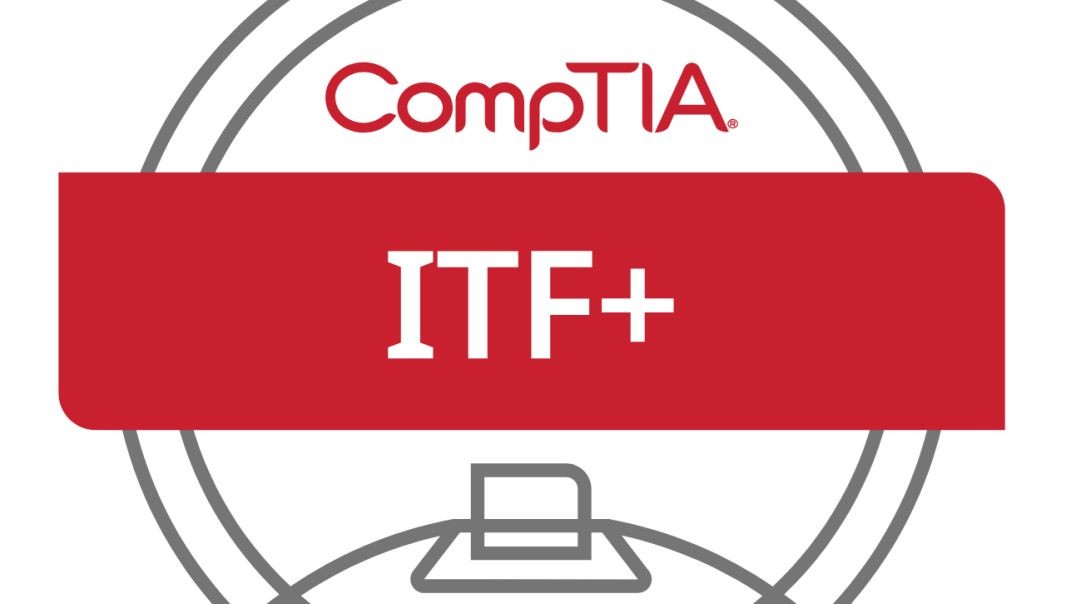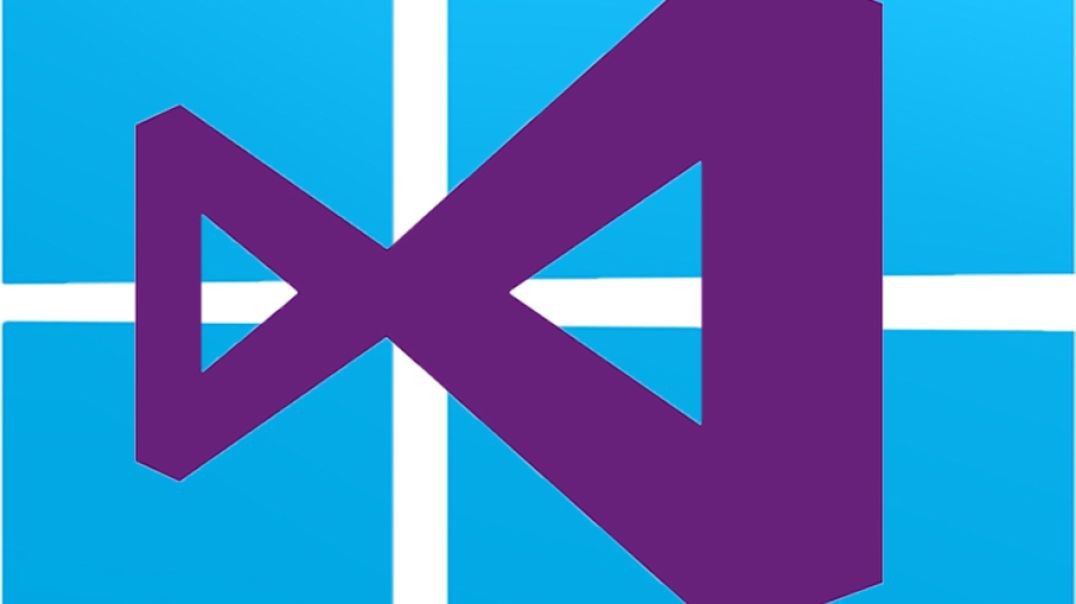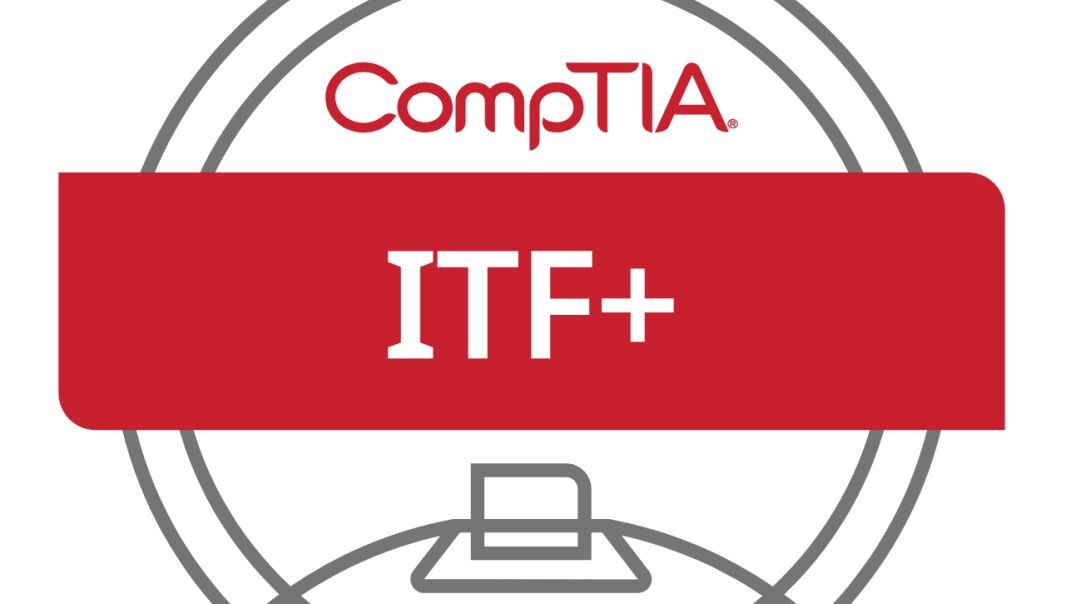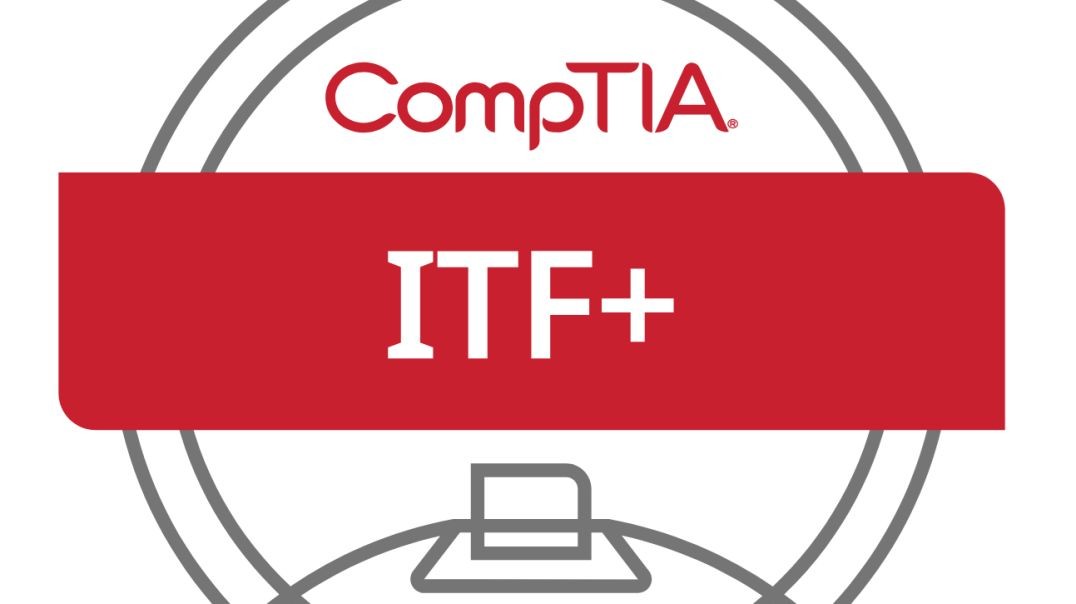Top videos
Take the measure of the sultan Suleiman's extraordinary vision, through which he expanded and consolidated the Ottoman Empire, engendered a bureaucratic system and a unified legislative code, and commissioned monumental architecture. Learn also of his great love for his favorite wife, Roxelana, perhaps the most influential female political figure in Ottoman history.
CompTIA IT Fundamentals+ Course | Module 7 Part 6: Network Addressing
Examine the lives and work of three powerful poets: Abu Nuwas, Abu Tammam, and al-Mutanabbi. Reflect on the role of poetry in the Golden Age, including forms and subject matter, and examine the relationship between poetry and the multicultural world of the Abbasid Empire.
Here, learn how a little-known 18th-century alliance in the Middle East came to have profound reverberations in our contemporary world. Study the pact between a desert ruler and a religious reformer that initiated a structure of political and religious power that continues to dominate the modern kingdom of Saudi Arabia.
Module 6 Part 3: Authentication, Encryption, and Secure Communication
Part 49 of C# .NET Bootcamp: Passing Value-type Parameter in C#
OSN-K Informatika 2024
The best debaters understand the need for strategic flexibility, and concessions are one of the most powerful strategic moves in the playbook. As you will find out in this lecture, conceding points allows you to focus on your best arguments, or get out of a difficult spot, or even set a trap for your opponent.
Module 6 Part 4: Social Engineering, Backup, and Anti-malware
Japan's second great wave of globalization, the subject of this lecture, stretched from the 1300s to the early 1600s. It's a fascinating period that includes competition with China's Ming dynasty; the new influence of the West (which brought with it guns and Christianity); and the rule of Toyotomi Hideyoshi, Japan's most powerful warlord.
OSN-K Informatika 2024
CompTIA IT Fundamentals+ Course | Module 7 Part 2: Network Components
OSN-K Informatika 2024
Module 2 Part 3: Input and Output Devices
Explore the economic and political factors that sparked the brutal French invasion of Ottoman Algeria. Follow the events of the ensuing occupation, and examine the war of resistance led by the religious leader Abd al-Qadir. Observe how the invasion marked a major shift in European relations with the Middle East.
CompTIA IT Fundamentals+ Course | Module 6 Part 6: Input Devices and Peripherals
Module 3 Part 5: Software Testing and Emerging Trends
CompTIA IT Fundamentals+ Course | Module 13 Part 9: Digital Certificates
CompTIA IT Fundamentals+ Course | Module 7 Part 9: Domain Name System (DNS)
Module 5 Part 3: IP Addressing, DNS, and Network Devices
